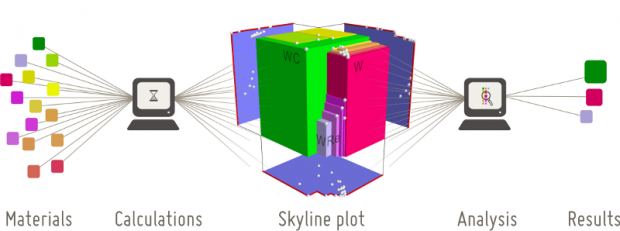Solution Enthalpy of Po and Te in solid Lead-Bismuth Eutectic
Abstract
It is examined to which extent first-principles calculations can be used to collect a priori information on the solution enthalpy and solubility of Po in solid lead-bismuth eutectic (LBE). Such information can be helpful to limit the number of complicated experiments that are required to measure these properties. It is found that in the thermodynamic limit and at 0 K, Po does not dissolve in solid LBE. Its solution enthalpy is negative, in particular in Pb-rich environments, but competing compound-forming reactions are more exothermic. A clear correlation is found between the calculated solution enthalpies for Te in LBE and for Po in LBE, suggesting that Te-experiments can be used to map the expected behaviour for Po. The role of spin-orbit coupling as the major relativistic effect on the solution enthalpies of these heavy atoms is inspected.

 Open Access version available at
Open Access version available at 